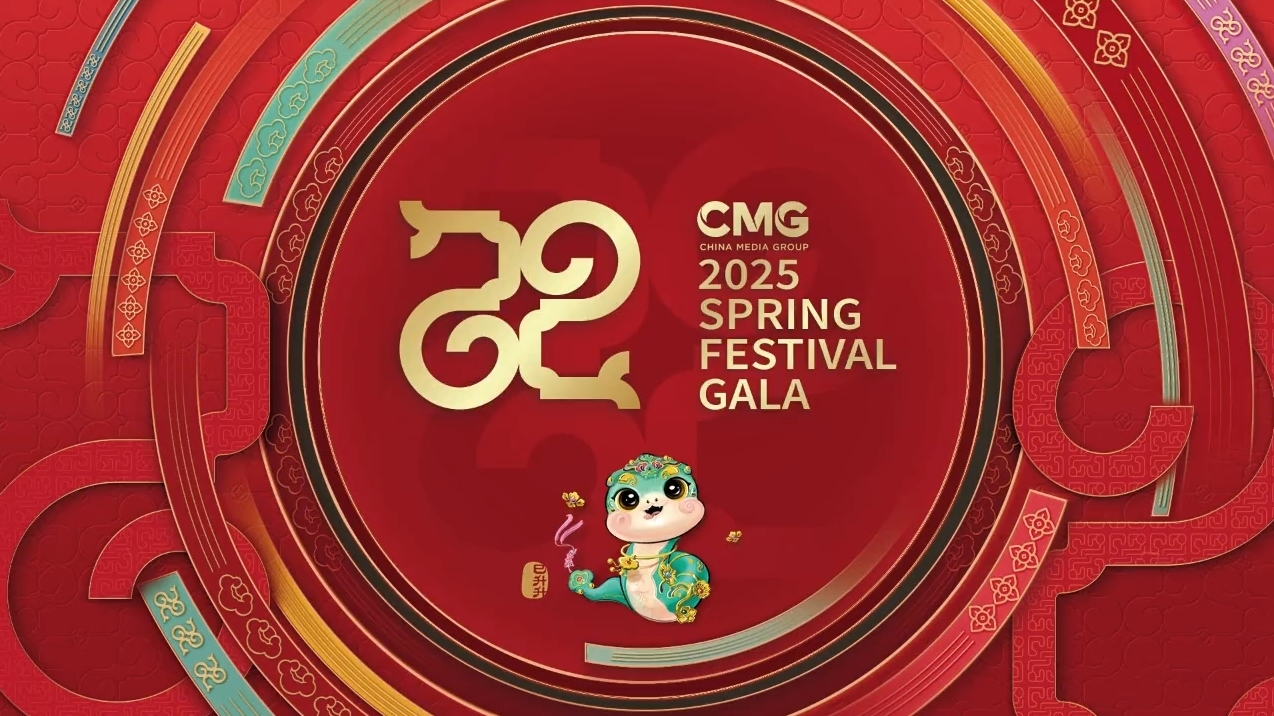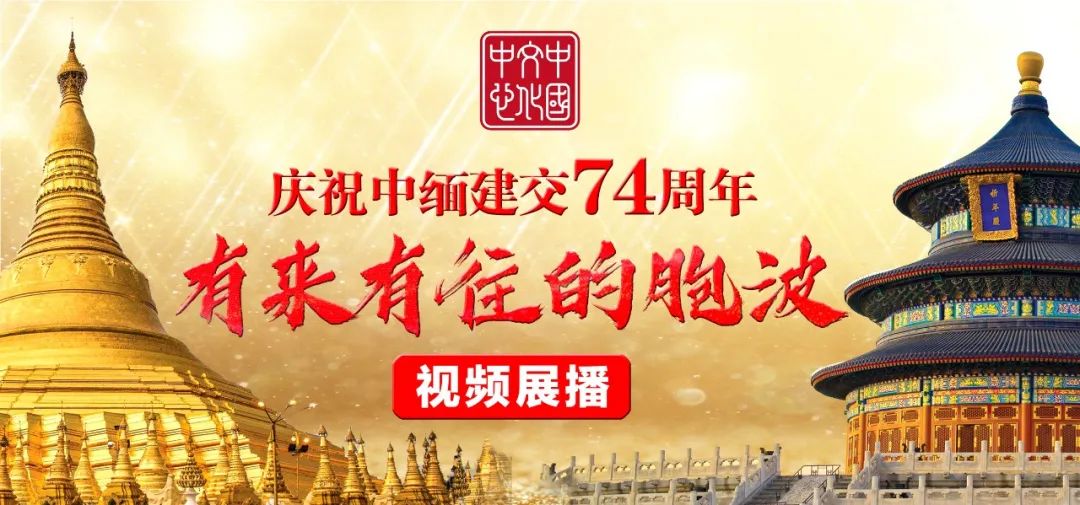၂၀၂၄ ခုနှစ် မဟာတူးမြောင်းကြီးခရီးသွားလာမှု ပြည်ပမိတ်ဆက်ခြင်းရာသီ - ဟယ်နန်ပြည်နယ် (လော့ရန်မြို့မိတ်ဆက်)
Luoyang —— The Earliest China
If there is a Chinese city that can be called the spiritual home of all Chinese, it must be Luoyang.
Luoyang is located in the center of China. The name of China originated from this city.
Luoyang has a civilization of more than 5000 years, a history of more than 4000 years as a city and a history of more than 1500 years as a capital.
Luoyang —— The Cradle of Eastern Civilization
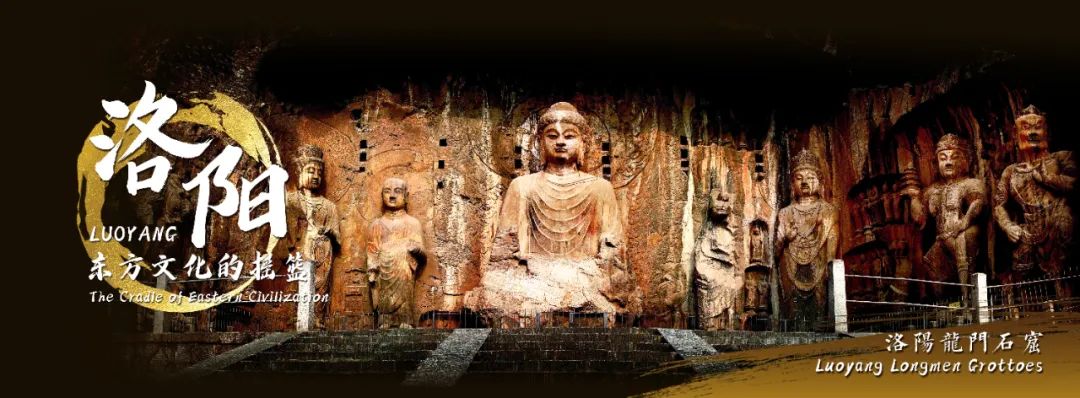
Six to seven millennia ago, when the Dragon Horse revealed the He Tu from the Yellow River and the magical turtle emerged from the Luo River with the Luo Shu pattern on its shell, Luoyang was firmly rooted in the Chinese collective consciousness as the spiritual home. The impact of the He Tu and the Luo Shu Square and their legends on Chinese and world culture is far-reaching and profound. Traditional Chinese philosophy, politics, military science,ethics, medicine, aesthetics and astronomy all derived from these diagrams, which are called the “Cosmic Rubik's Cube”. They are the key to the Huaxia civilization and the fountainhead of primordial Chinese civilization. In December 2014, the He Tu and the Luo Shu Square became Chinese National Intangible Cultural Heritage.
Dan, Duke of Zhou established the Rites of Zhou, and created the Yayue of Chinese classical music in Luoyang. Taoism was created in Luoyang. Confucianism originated from Luoyang. Buddhism was first introduced to China in Luoyang. Neo-Confucianism was rooted in Luoyang. The first “National Central University”, Luoyang Imperial Academy instructed Confucian teachings in Luoyang. Countless men of letters composed timeless masterpieces in Luoyang. Many crucial inventions like paper, seismograph and armillary sphere were born in Luoyang. The imperial examination first invited ordinary people to prove themselves and join the elite ranks in Luoyang. Even the standard speech at the time, the Central Plains Mandarin, was based on Luoyang dialect. Luoyang is embedded in the mind of every Chinese with its legacies from governance philosophies to everyday wisdom.
The Huaxia civilization developed in Luoyang. Luoyang thrives as the cradle of Huaxia civilization.
Luoyang——Discover the Beginnings of Chinese dynasty
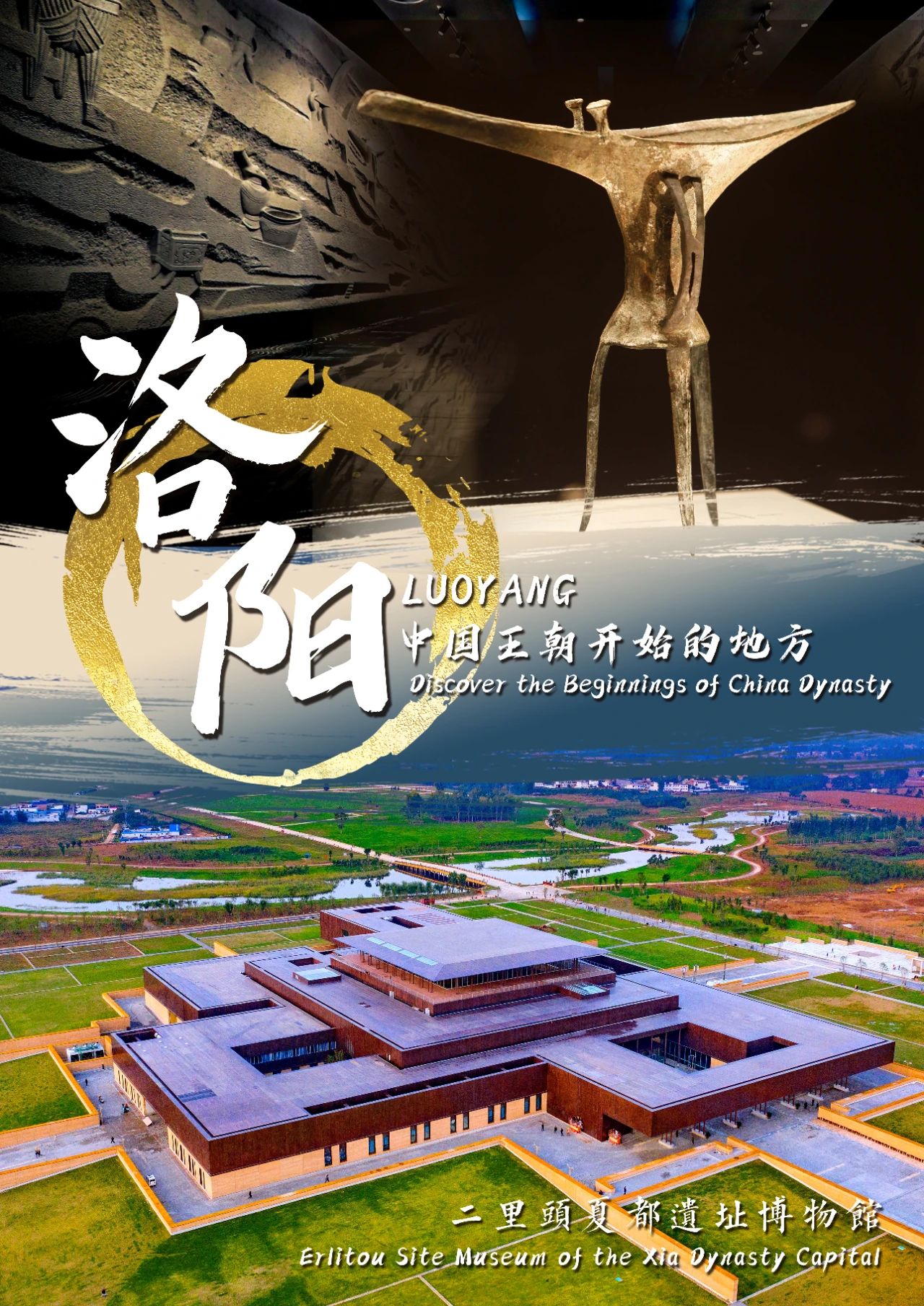
At the foot of Mangshan Mountain and by the Luo River sits Luoyang, the earliest Chinese capital of the greatest number of dynasties for the longest time and span.
3000 years of Chinese history from Xia dynasty to Tang dynasty, more than half of the history of Huaxia civilization, can be glimpsed by the River Luo which flows in the east-west direction and measures less than 100 km.
The first chapter is the Erlitou Site with many China’s “firsts”. The Erlitou Site Museum keeps us anticipating. 3500-3800 years from now, The site revealed the earliest “Forbidden City”, namely the earliest Chinese palatial town, the earliest Chinese urban grid plan, the earliest Chinese palatial complex with central axis layout, the earliest Chinese wagon track, the earliest Chinese official craft workshops, the earliest Chinese bronze foundries and calaite wares workshops as well as the earliest Chinese bronze ritual vessels...the number of “firsts” is enough to make Luoyang a spiritual symbol.
Only 6km from the Erlitou Site is the Yanshi Shangcheng Site, so far the earliest city site in the technical sense. UNESCO listed the discovery of Yanshi Shang City Site as one of the 17 Great Discoveries in the World in 1983.Foreign scholars compared this finding with German archaeologist Heinrich Schliemann’s famous discovery of Troy in Asia Minor.
When setting to Luoyang by a train, you might find it unimaginable that you are so close to a city inhabited by 25 kings of Eastern Zhou. A corner of the Eastern Zhou King City’s wall can be found near the Luoyang Railway Station. Eastern Zhou lasted five centuries here. The Luo River witnessed the rise and fall of the king’s city. If you want more such nostalgic encounters, visit the King City Park or glimpse the spectacle of the pomp and fanfare when kings of Zhou went outside their palace at the King Carriage Museum.
Luoyang——The Capital of Only Female Emperor in China
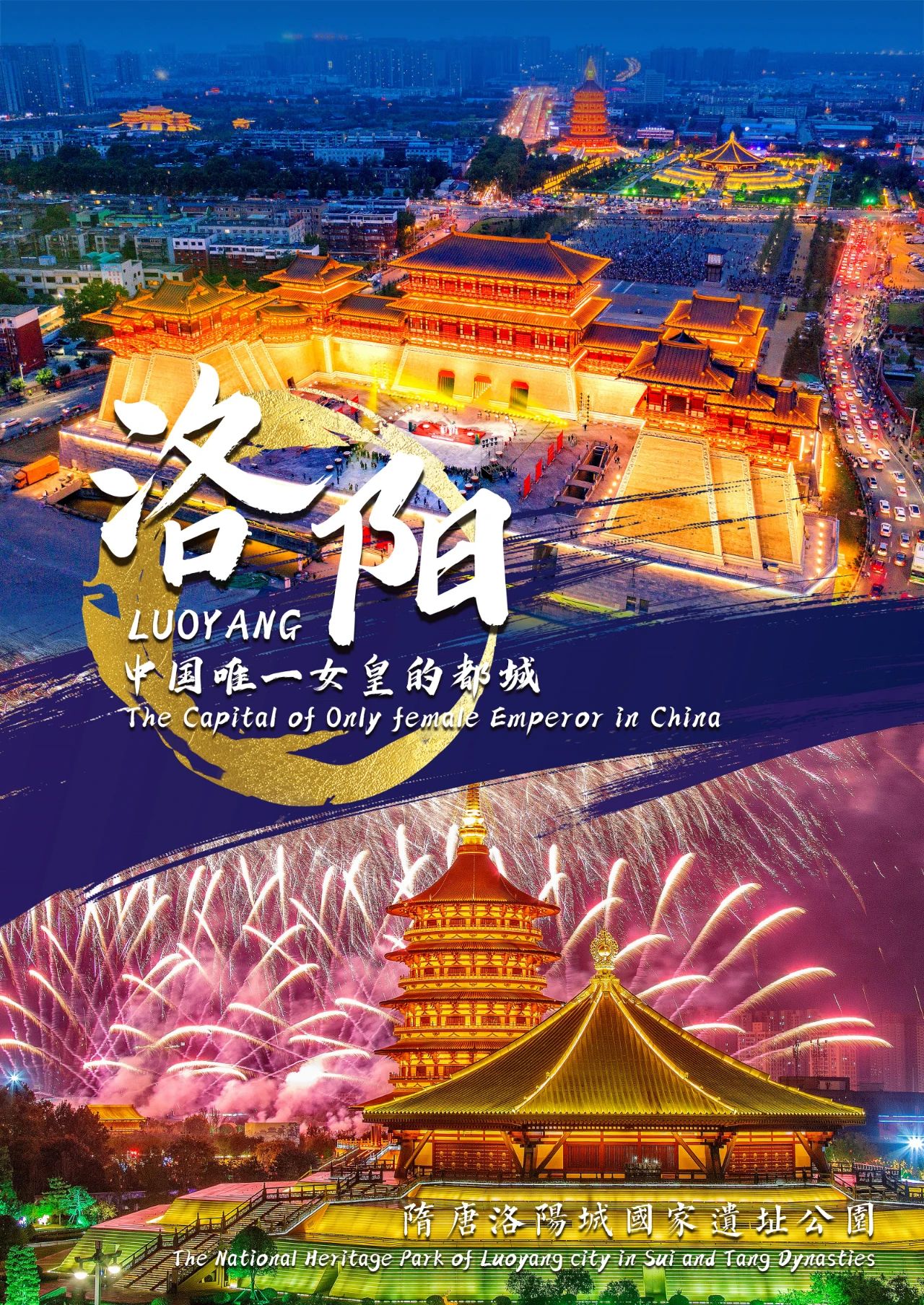
The more exciting is yet to come. Among the Five Capitals, a site is a World Cultural Heritage onto itself. That is the Site of Han and Wei Dynasties, which used to serve as capital for seven dynasties from the 1st century AD to the 6th century AD which lasted close to 1600 years. It is by far the best preserved and largest capital ruins in China, about 9 times the size of Constantinople, capital of the Byzantine Empire.
The Site of Sui and Tang Dynasties was an international hub of world renown. It was the capital of Wu Zetian, China's only empress. It was the capital of Sui and Tang dynasties, and the eastern end of the Silk Road and the center of the Sui and Tang Grand Canal. The Dingding Gate of the site was the main entrance of the capital of the empire in Sui and Tang dynasties. It became a World Cultural Heritage as the easternmost end of the Silk Road.
You cannot grasp the quintessence of Huaxia history without a visit to Luoyang.
Luoyang——The Silk Road Beginning
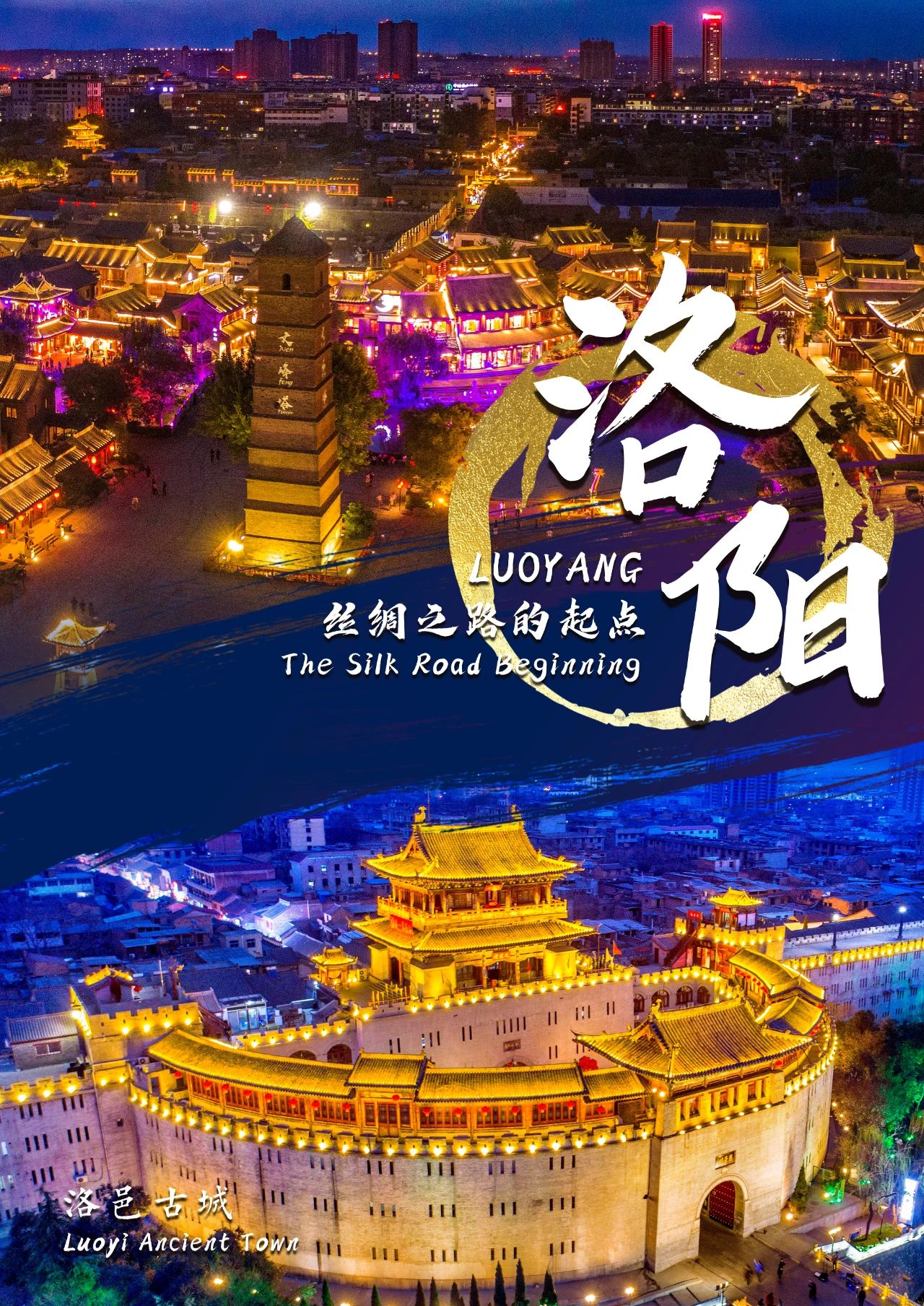
The Grand Canal connects South China with North China; the Silk Road bridges the East and the West. Two doors were thrown open to make the big world a smaller and more intimate place.
The Site of Han and Wei Dynasties was one of the Eastern starting points of the famous Silk Road. During the times of Emperor Ming of Eastern Han, the Silk Road, which had been deserted for a long time, was redeveloped and turned into a dynamic economic and cultural corridor. In 166 AD, the Roman Empire sent envoys to Luoyang, then capital of Eastern Han, which marked the first contact of Rome and China in history. For the first time the hands of the easternmost end and the westernmost end of the Silk Road joined firmly together. Without the Silk Road, such connection would be impossible. Cities along the Silk Road thrived on such connections and communications. Hence the line “A multitude of countries thronged the Yellow River and Luo River region” by Tang poet Zhang Jiuling.
Luoyang——The Center of the Grand Canal
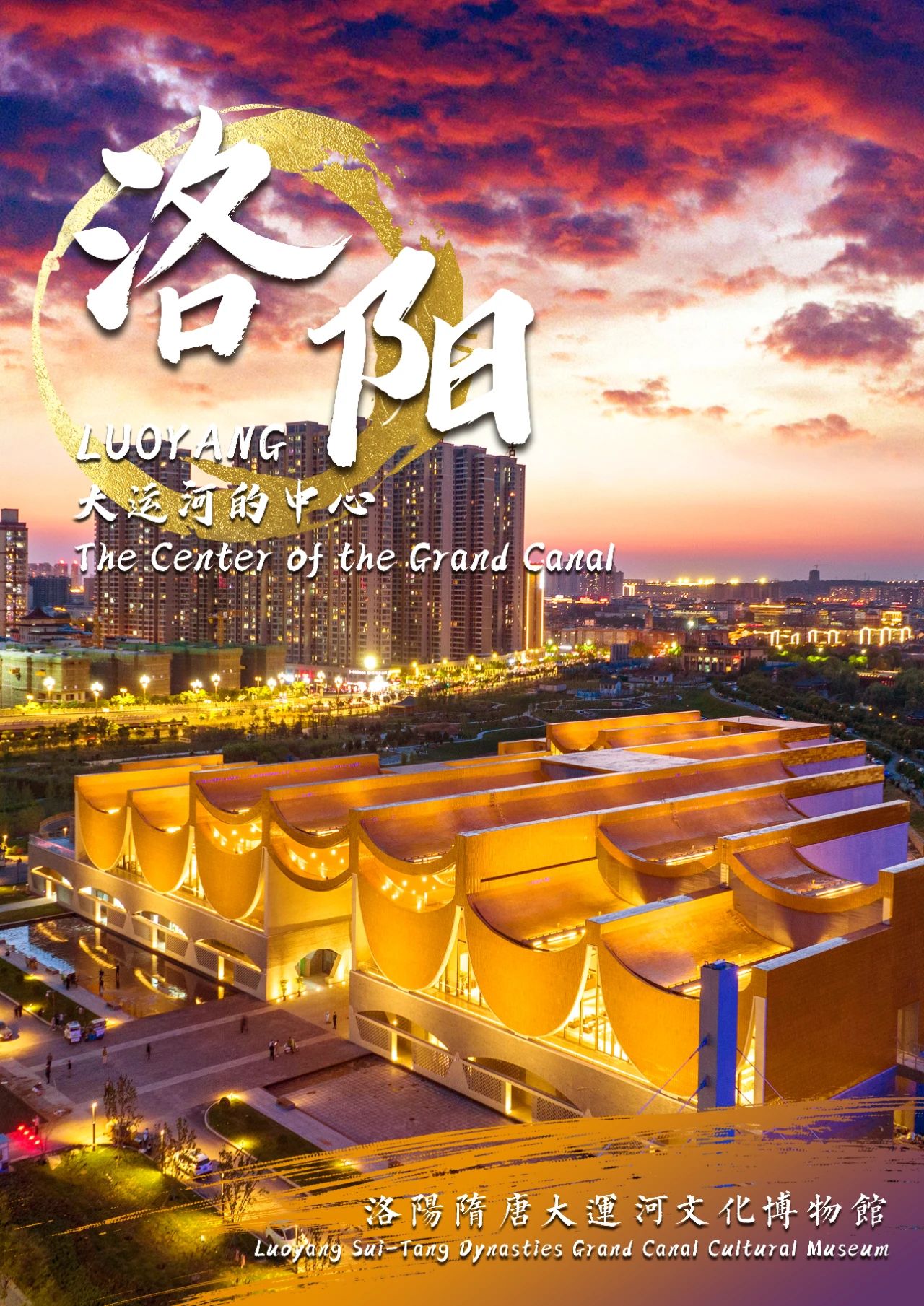
Luoyang was the center of the Sui and Tang Grand Canal. The Luo River flowing through the city remains alive, paying testimony to the halcyon days of the Grand Canal. The Sui and Tang Grand Canal is close to 5000 km, crossing more than 10 latitudes. It runs over the most prosperous North China Plain and the Southeast coast, according the magnificent and mighty political center a geographical edge: access to as far-away places as the Southeast Asia.
In 2014, both the Silk Road and the Grand Canal were inscribed on the World Heritage list.
Luoyang——The Source of Chinese Kung Fu
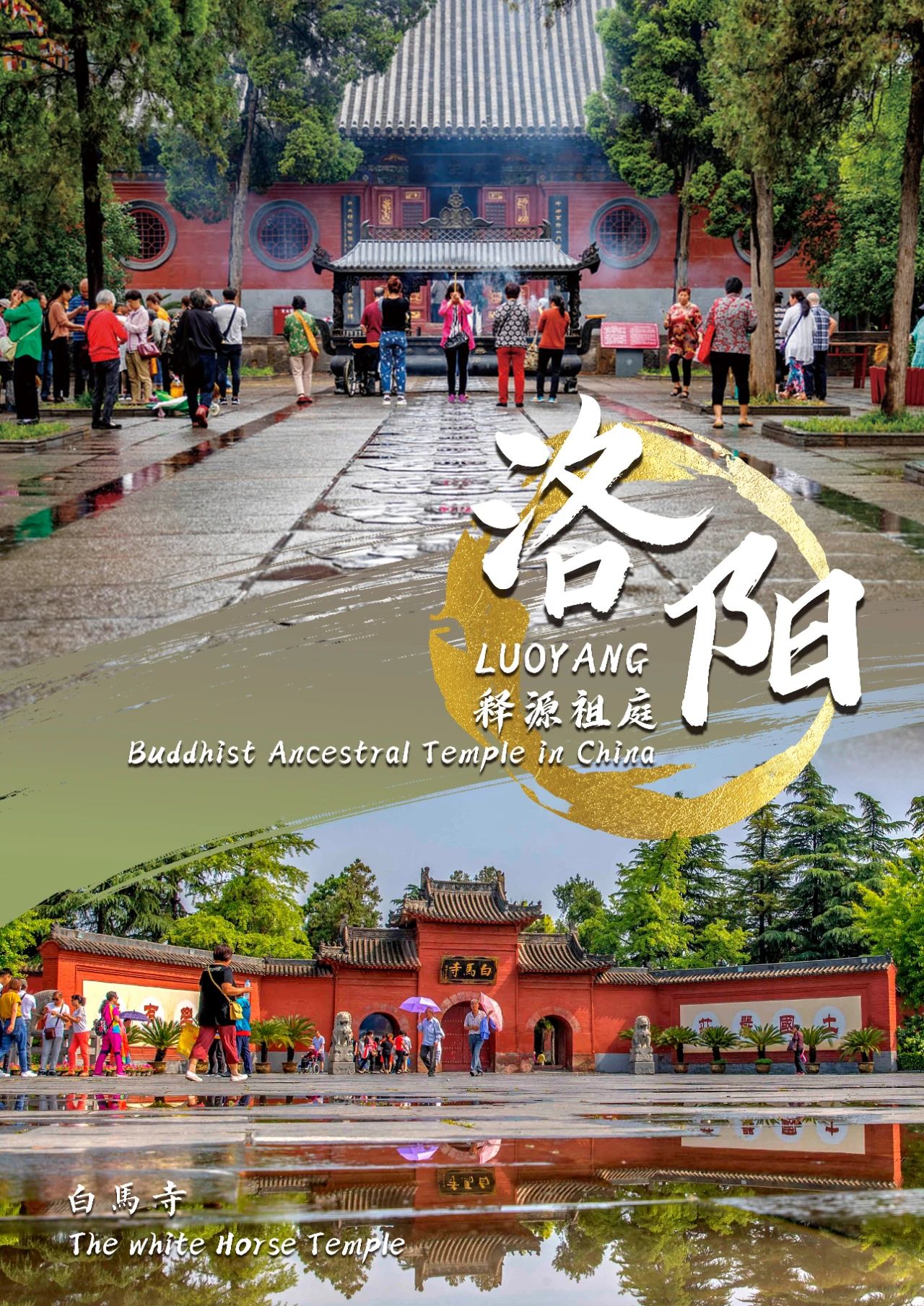
In 68 AD, when the Roman Empire was in the throes of civil war, the center of China Luoyang introduced Buddhism from abroad. Emperor Ming of Han built a temple and named it the White Horse Temple as an appreciation of the white horses that had carried Buddhist scriptures. Many Chinese and foreign monks resided at the temple, explicated the Buddhist scriptures and translated them into the Chinese language. Over 150 years from 68 AD, 192 Buddhist scriptures were translated at a rate of over a scripture a year. This academic bonanza did measure up to the temple’s status as the cradle of Chinese Buddhism.
Luoyang is open-minded and inclusive too.
The inclusive city welcomed a non-Han regime, Northern Wei, which built the Longmen Grottoes, a World Cultural Heritage Site encompassing thousands of niches and hundreds of thousands of Buddha statues which can look like the Han Chinese, Xianbei or foreign people...During over four centuries of construction, the fusion of various cultures reflected on the statues.
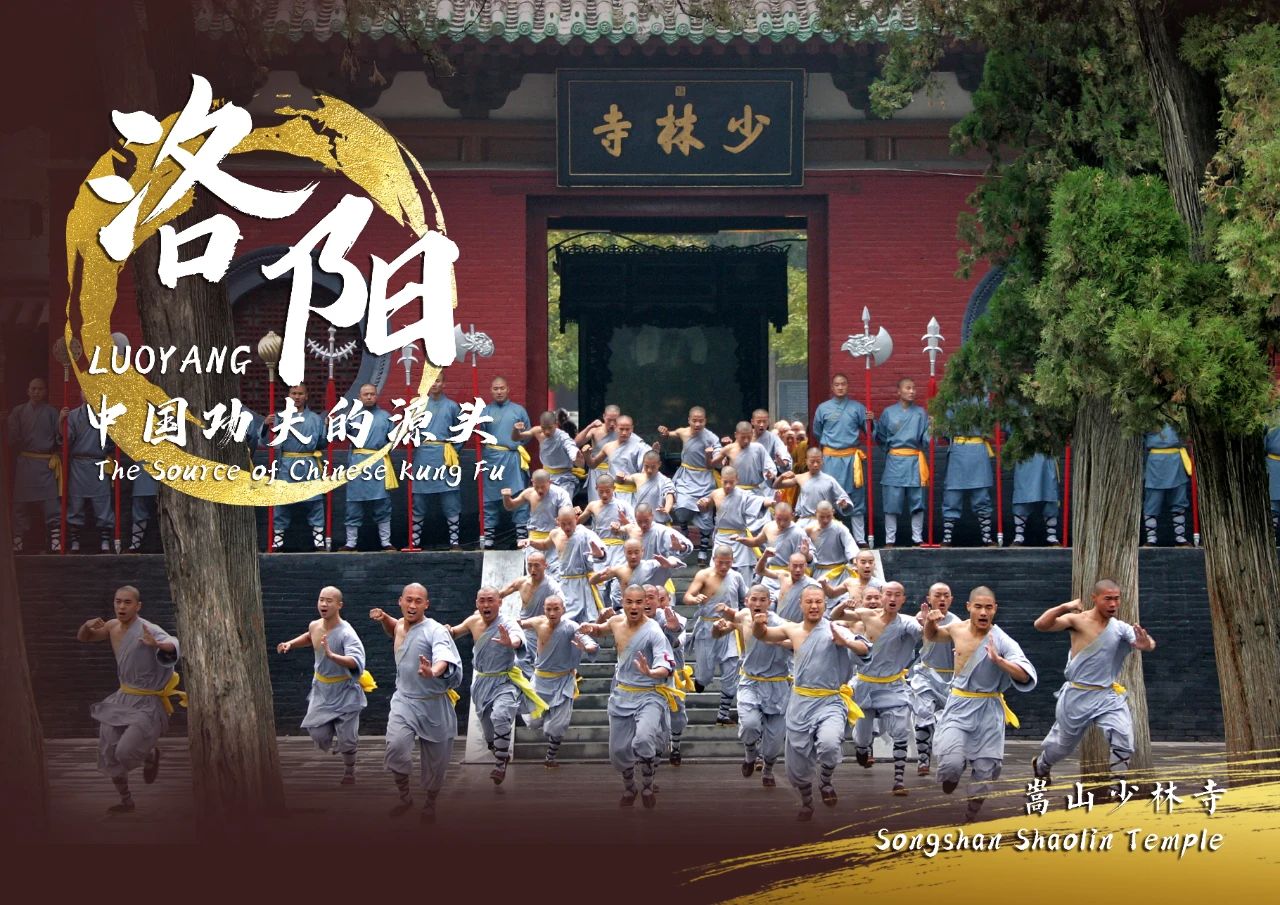
Luoyang, the ancient capital, for spreading Buddhism at that period. Shaolin Temple is globally renowned as the birthplace for Chan Buddhism and Shaolin Kungfu. It attracts martial arts enthusiasts from around the world.
With unfailing generosity, Luoyang has made the world a smaller place, both geographically and culturally.
Luoyang——The National Flower Peony City
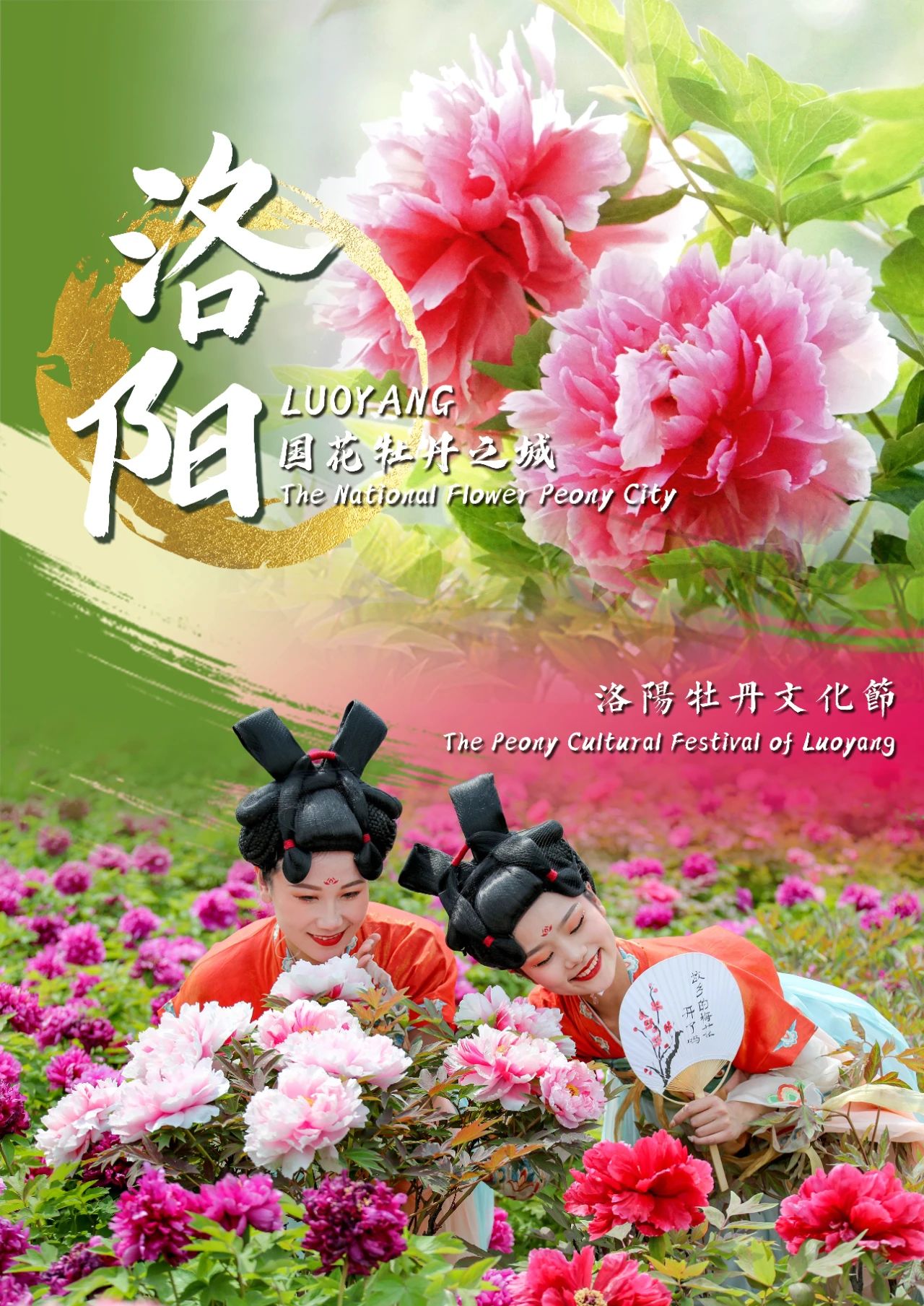
When you come to Luoyang, you will be wandering in the beautiful and colorful flower sea. Known as national beauty and heavenly fragrance. Luoyang has peony in Sui dynasty, and has been in full flourish since Tang Dynasty, and be famous in Song dynasty. It has been planted for nearly 1,500 years in Luoyang, now it has been formed 9 colors series, 10 kinds of designs and more than 1200 varieties. Every year in April, the flowers are blooming and fragrant. Since 1983, China Luoyang Peony Culture Festival has been held successfully for 36 years, and has become a renowned Chinese and foreign national cultural event, and it is one of the four most famous activites in China. The peony is the name card of Luoyang that has been in the national non-material cultural heritage list, the city of Luoyang has been named the "Chinese Peony City".
Luoyang——The Famous Landscape City
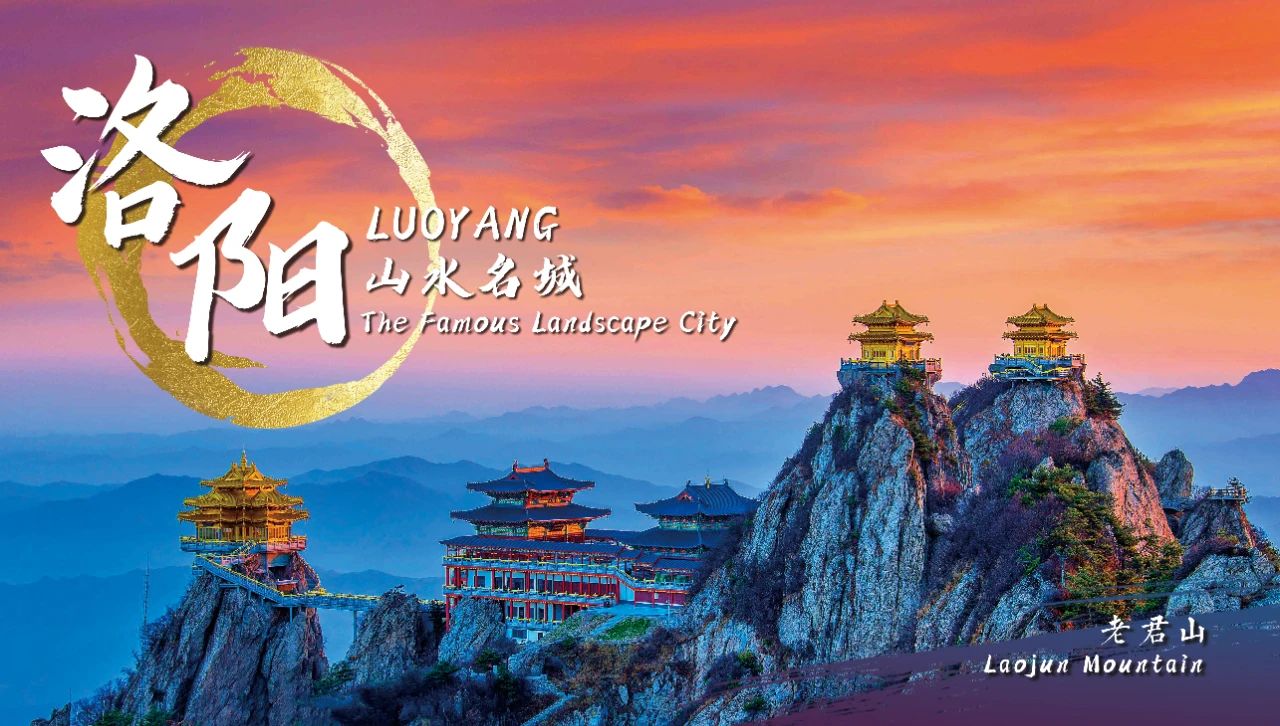
Luoyang is a city born to be poetic and picturesque.
It is a city incarnated beautifully in countless poems and ci-poems.
It is a city of martial music:the“Lanling Wang Proceeding to Battlefield”is the Symphony of Fate of the Battle of Mangshan.
It is a city of painting and calligraphy: the twenty calligraphy works in the Longmen Grottoes demonstrated stunning virtuosity.
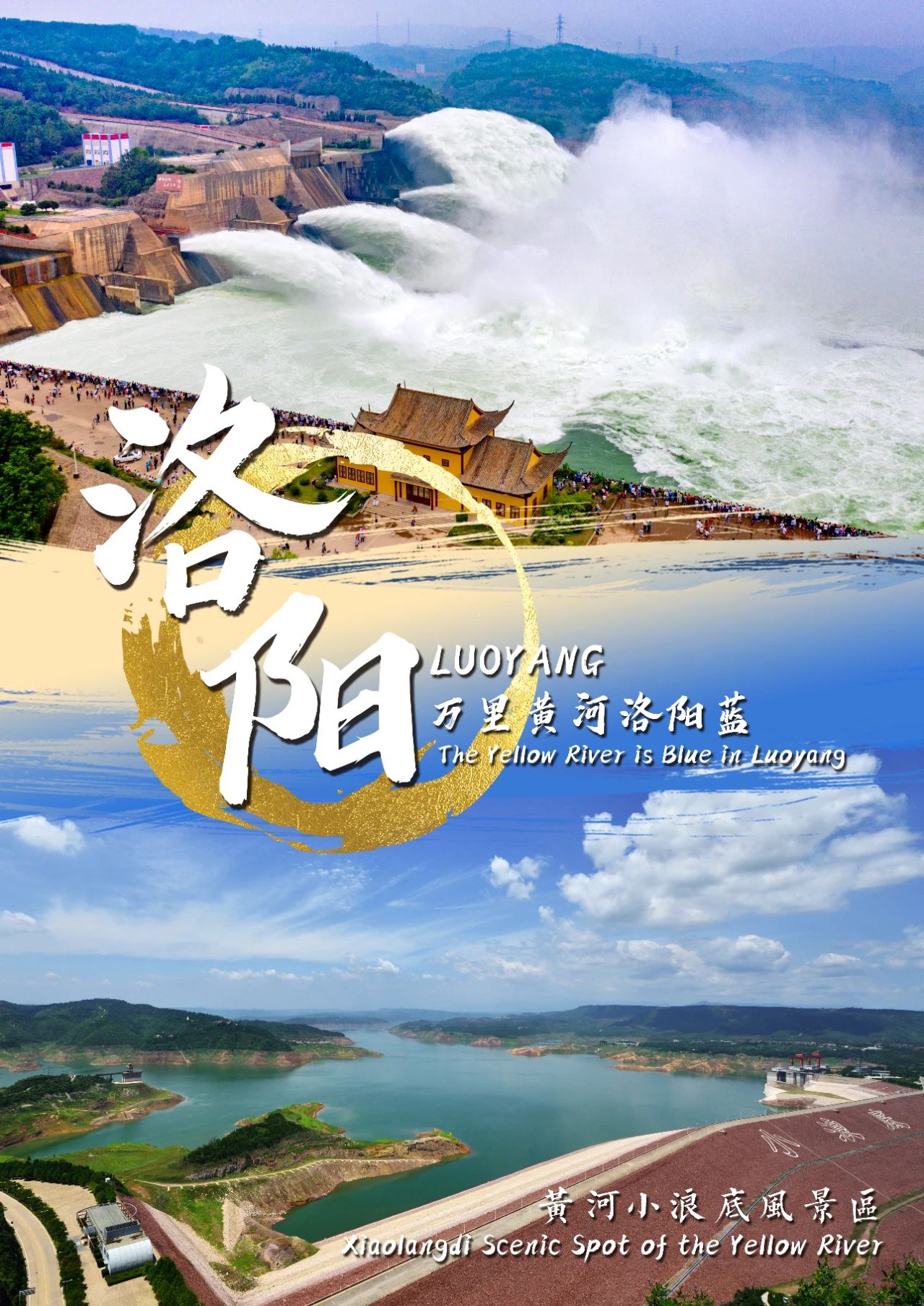
It is a city of famous landscape:standing between the Yellow River and the Luo River, Luoyang is surrounded by mountains, the Song Mountain, the Taihang Mountain. It is a good place.
It is a city of culinary culture, with a whole museum dedicated to the local tradition of soup dish feast.

Luoyang English Website QR Code

